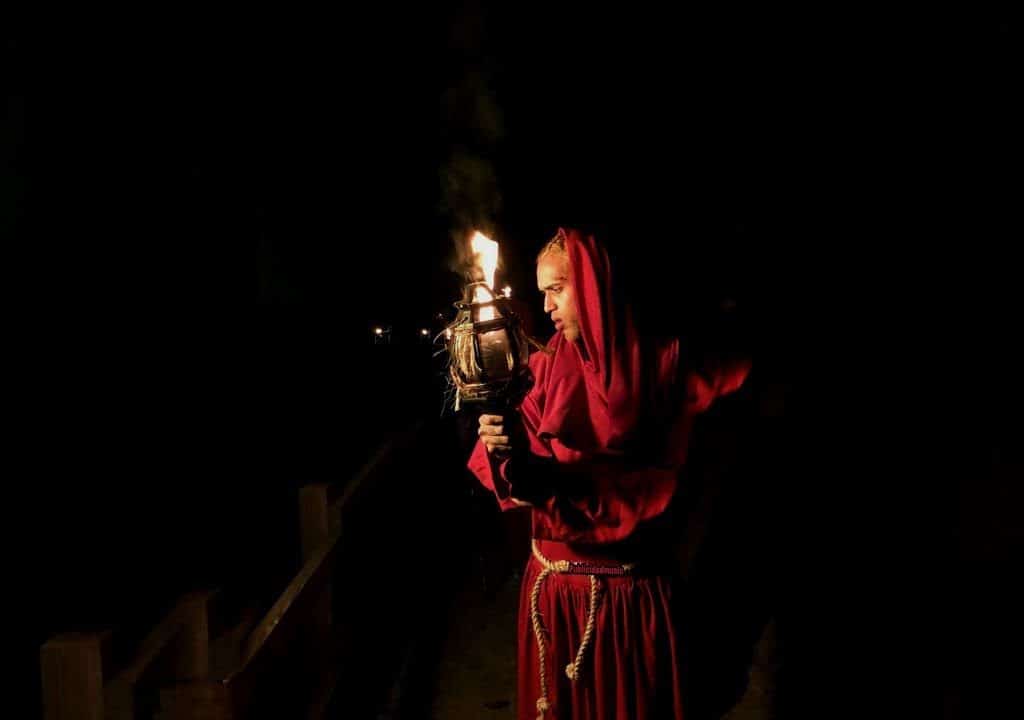The Cemetery Baron represents a profound link between Afro-Caribbean traditions and popular spirituality. Its rituals, laden with symbols and offerings, reflect a devotion that transcends generations. This cult, infused with African and Catholic heritage, forms an integral part of the local cultural identity, enriching the historical narrative of cemeteries as spaces of communion.
Spiritual and Mystical Protection: The Cemetery Baron
In recent decades, unconventional rituals in cemeteries have sparked growing interest, particularly around the figure of the Cemetery Baron. This character, imbued with multiple symbolic facets, stands as an example of syncretic devotion, with ties to Dominican popular religiosity and other expressions throughout the Caribbean.
Origins of the Cemetery Baron
According to various oral traditions, the Baron represents the first male buried in a graveyard. Upon transcending his earthly existence, he is believed to gain special powers to intervene in the affairs of the living.
For this reason, those who venerate the Cemetery Baron make varied requests: from family protection and economic prosperity to romantic favors or, at times, harm directed at others.
Offerings and Rituals in Graveyards
What draws the most attention is the array of offerings brought by devotees to the Cemetery Baron.
During the day, large cigars known as túbanos, black candles, and the famous red soda are common offerings. Even bitter coffee and spotted chicken are integral elements of these tributes. Following this, people light fires near the tombs, often reciting Christian prayers—a Lord’s Prayer or a Hail Mary—to conclude the ritual.
Similarly, those who visit these places in the afternoon or evening emphasize the necessity of lighting candles and smoking cigars inside open tombs, reinforcing the belief that the smoke and flame establish a connection with the spirit world. Despite its apparent contradiction with the solemnity of a cemetery, these acts seek the blessing and attention of the Baron so that the requests are fulfilled.
Lack of Security and Potential Risks
Meanwhile, cemeteries face a serious issue: vandalism and the lack of continuous surveillance. From the perspective of those living near cemeteries, the deterioration of tombstones and the extraction of remains highlight a worrying lack of control.
Nonetheless, these circumstances undeniably make cemeteries an attractive destination for various groups, including ritual practitioners and people engaging in clandestine sexual activities at night.
Different community groups have demanded enhanced police protection and greater commitment from responsible municipalities, arguing for the respect owed to the deceased and the right of families to preserve intact memories of their loved ones.
Anthropological and Cultural Perspective
From an anthropological perspective, the cult of the Cemetery Baron reveals a mosaic of inherited and reinterpreted customs that go beyond a merely sensationalist interpretation.
These rituals, rather than being mere clandestine events, constitute an adaptation of popular religiosity with profound meanings. Devotion to the Baron is part of a vast network connecting African heritage with the imposition of Catholic traditions during the colonial era.
Consequently, the practice should not be interpreted as an isolated phenomenon but as an integral part of the local cultural identity where this worship takes place. Each candle, cigar, and prayer keeps alive the memory of those who were part of these communities, restoring the cemetery’s role as a space for communion despite the controversy it generates.
Contrast Between Legality and Faith
Finally, the possibility of harmonizing the cult of the Cemetery Baron with the care of cemeteries requires the implementation of sustainable surveillance plans and historical preservation strategies.
Cultural heritage advocacy groups emphasize the need to raise public awareness about the historical significance of cemeteries as repositories of collective memory. Likewise, the Church and other institutions seek to moderate excessive practices to prevent profanations that damage graves and disturb families.
However, the Cemetery Baron, with his blend of myth and devotion, continues to captivate the imagination of many.
People view him as an intermediary who, from the confines of death, holds the power to influence daily life. In a constantly changing society, where earthly solutions sometimes seem insufficient, the figure of the Baron endures, mystically preserving a profound link between the earthly and the transcendent.
Mike Rivero — Witchcraft and Cults




